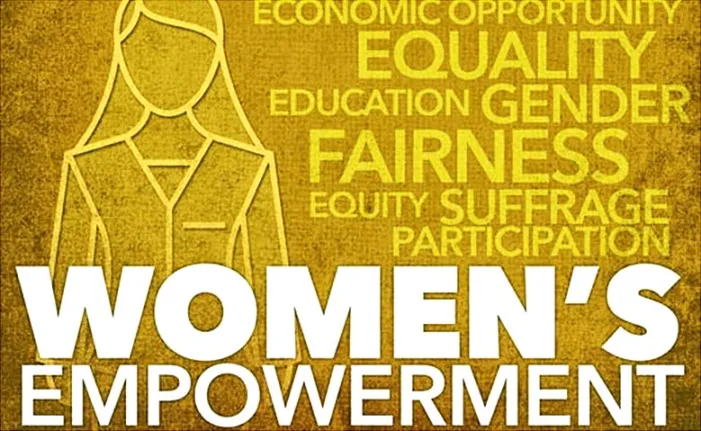Poverty remains a persistent challenge globally, with women often bearing the brunt of its impacts. Empowering women in these regions is not only about equality but also a powerful catalyst for broader social and economic transformation. By focusing on education, economic opportunities, and community support, we can unlock the potential of women in poverty-stricken areas, paving the way for sustainable change.
Education: The Foundation
Education is the cornerstone of empowerment. For women in poverty-stricken areas, access to education can be transformative. It opens doors to opportunities, allowing women to secure better jobs, start businesses, and contribute to their communities. Many grassroots organizations and NGOs work tirelessly to provide educational opportunities for girls and women through building schools, offering scholarships, and providing resources like books and uniforms. Adult education programs are also crucial, helping women who missed out on formal schooling to acquire literacy and vocational skills.
- Global Literacy Rates: According to UNESCO, as of 2020, the global literacy rate for adults was 86.3%, but for women, it was lower at 82.7%. In low-income countries, the female adult literacy rate is significantly lower, often below 50%.
- Girls’ Education: The Malala Fund reports that 130 million girls are out of school globally, with the highest rates in sub-Saharan Africa and South Asia.
- Economic Returns: Research by the World Bank indicates that each additional year of schooling for girls can increase their future earnings by 10-20%.
Economic Opportunities: Breaking the Cycle of Poverty
Economic empowerment is critical for supporting women in poverty-stricken areas. Access to financial resources and economic opportunities enables women to lift themselves and their families out of poverty. Microfinance initiatives, for example, have been effective in providing women with the capital needed to start small businesses. These businesses not only provide income but also create jobs and stimulate local economies. Training programs in skills such as sewing, handicrafts, agriculture, and technology equip women with marketable skills, enabling them to become financially independent and resilient in the face of economic challenges. Supporting women entrepreneurs through mentorship and networking opportunities helps them grow their businesses and achieve long-term success.
- Gender Pay Gap: According to the World Economic Forum’s Global Gender Gap Report 2021, the global gender gap in economic participation and opportunity stands at 58%, indicating significant barriers to economic equality for women.
- Microfinance Impact: The Microcredit Summit Campaign reports that over 80% of the world’s microfinance clients are women, demonstrating the importance of financial services tailored to women in poverty.
- Entrepreneurship: A study by the Global Entrepreneurship Monitor found that women in low and middle-income countries start businesses at higher rates than men but often face more significant challenges in accessing finance and markets.
Community Support: Building a Network of Empowerment
Empowerment is not just about individual achievement; it’s also about creating supportive communities where women can thrive. Social support systems, including women’s groups and cooperatives, provide a platform for women to share experiences, learn from each other, and collectively address challenges. Community-based programs focusing on health, legal rights, and leadership development are equally important. Health initiatives ensure that women have access to essential services, while legal support helps them understand and exercise their rights. Leadership programs empower women to take on decision-making roles within their communities, fostering a culture of equality.
- Political Representation: The Inter-Parliamentary Union reports that as of 2021, women make up only 25.5% of national parliaments globally.
- Leadership in Business: A McKinsey report found that companies in the top quartile for gender diversity on executive teams are 25% more likely to have above-average profitability.
- Poverty Reduction: The International Monetary Fund (IMF) estimates that closing the gender gap in labor force participation could increase GDP by an average of 35% in developing countries.
- Child Health and Education: The Global Partnership for Education states that children of educated mothers are twice as likely to survive past the age of five and 50% more likely to be immunized.

Conclusion
Empowering women in poverty-stricken areas is a multifaceted challenge requiring a comprehensive approach. By focusing on education, economic opportunities, and community support, we can create environments where women can thrive and drive meaningful change. The ripple effects of such empowerment are profound, benefiting not only the women themselves but also their families, communities, and future generations. It is a pathway to a more equitable and prosperous world for all.
